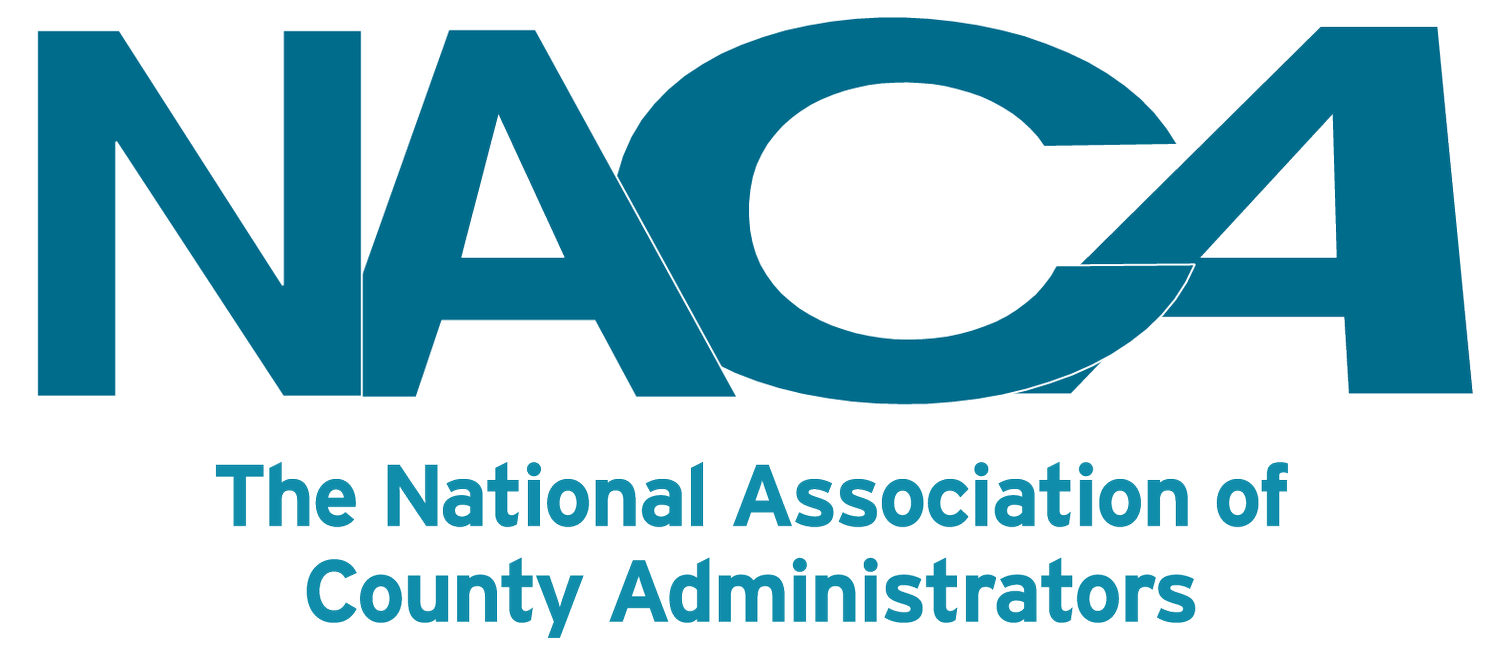Focus on wellbeing: Psychological safety
Written By: Trish Fenby and Michelle Bahr
Do you remember that first day? It could be the first day of a new job, the first day of school or college, even the first date with a new partner. What did it feel like? After graduating from college, I landed a job as a substitute teacher. The excitement mounted as I walked into the school, hoping to be respected by the students and accepted by my peers. Instead, I was met with what felt like indifference and barely a hello. I was left to find my own way around the school. I felt unsupported and was reluctant to return to that school building.
Social systems, whether at work or in our personal lives, are already a web of complex interactions. We often walk into any social interaction guarded. We want to feel safe, be accepted and belong. We long for psychological safety. Psychological safety is the belief that we can be ourselves without negative consequences. Psychological safety also allows us the opportunity to ask questions, make comments, and share ideas without being punished or humiliated.
When it comes to company culture, people often talk about three key ingredients to ensure it is healthy: strong mission and vision to drive clarity; individual values align with company values; and the prospect of professional growth. However, psychological safety is also key to ensuring you have a healthy company culture where people feel able to contribute their ideas and be themselves.
In her study of psychological safety, Amy Edmonson found that teams that made more mistakes were actually more successful than others. Why? Because creating an environment in which people feel comfortable to take risks is key to fostering innovation
in the workplace. A solid team should be able to bounce ideas off each other, strengthen action plans, help solve issues and provide support to each other.
Psychologically safe questions are nonthreatening, invite deeper thinking and engagement, and are asked in a genuine spirit of curious inquiry (an authentic desire to learn). Examples include:
• Begin with interrogative pronouns such as “what, which, how, who, whose, where” and avoid “why?”
• Watch your nonverbals when having a conversation. Your face and body posture should be relaxed.
• Mindful listening is also important. Listen without judgment, criticism or interruption. Be aware of your internal thoughts.
• Listen to listen and not to form your own reply.
If you are interested in fostering psychological safety in your workplace, consider these tips offered by The Center for Creative Leadership (https://www.ccl.org/):
1. Lead by example. By asking for feedback and acknowledging your mistake, you become more approachable. You also open the channel of communication for differing opinions.
2. Encourage active listening. Be present by leaving distractions such as phones out of the meeting. Show enthusiasm toward others by encouraging questions. To help others feel more comfortable speaking up, ask for their opinion.
3. Create a safe environment. Being respectful of others will foster a safe environment. Make it clear that all ideas are accepted, avoid interruptions or placing blame on others.
4. Develop an open mindset. Help team members understand that feedback is a tool to strengthen ideas. Encourage feedback and guide the team on how to respond.
Michelle Bahr and Trisha Fenby are two of over 182 local residents who earned a certificate in the science of wellbeing. Bahr is the director of special education for Midland County Educational Service Agency. Fenby is the community living and wellness program manager at the Arnold Center. This year, the Midland Area Wellbeing Coalition continues to provide a series of monthly articles with practical ways to increase wellbeing. Visit midlandareawellbeing.org for more information.
